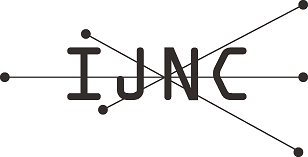Probabilistic Self-Stabilization and Biased Random Walks on Dynamic Graphs
Abstract
A distributed system is said to be probabilistic self-stabilizing, if it eventually converges to a legitimate computation with probability 1, starting from any global configuration. Like a self-stabilizing system, a probabilistic self-stabilizing system tolerates any number of transient failures and recovers a legitimate computation, but only probabilistically, unlike a self-stabilizing system, which recovers it deterministically even in the worst case. However, a self-stabilizing algorithm is in general difficult to design and even impossible for some problems. A probabilistic self-stabilizing, on the other hand, is easier to design. To see this, we discuss how a probabilistic self-stabilizing system is constructible from a given weak stabilizing system, which can recover a legitimate computation only in the best case.
An execution of a probabilistic self-stabilizing system can be modeled by a random walk on a graph, and its performance can be evaluated in terms of some quantities, e.g., the hitting and the cover times, of the corresponding random walk. The hitting and the cover times of random walks have been studied extensively, but most of them consider standard (i.e., unbiased) random walks on static graphs. We discuss how to design biased random walks whose hitting and cover times are faster than standard random walks, to improve the performance of probabilistic self-stabilizing system. We also discuss random walks on dynamic graphs to analyze a probabilistic self-stabilizing system such that its communication network topology frequently changes.
Keywords
Full Text:
PDFRefbacks
- There are currently no refbacks.
